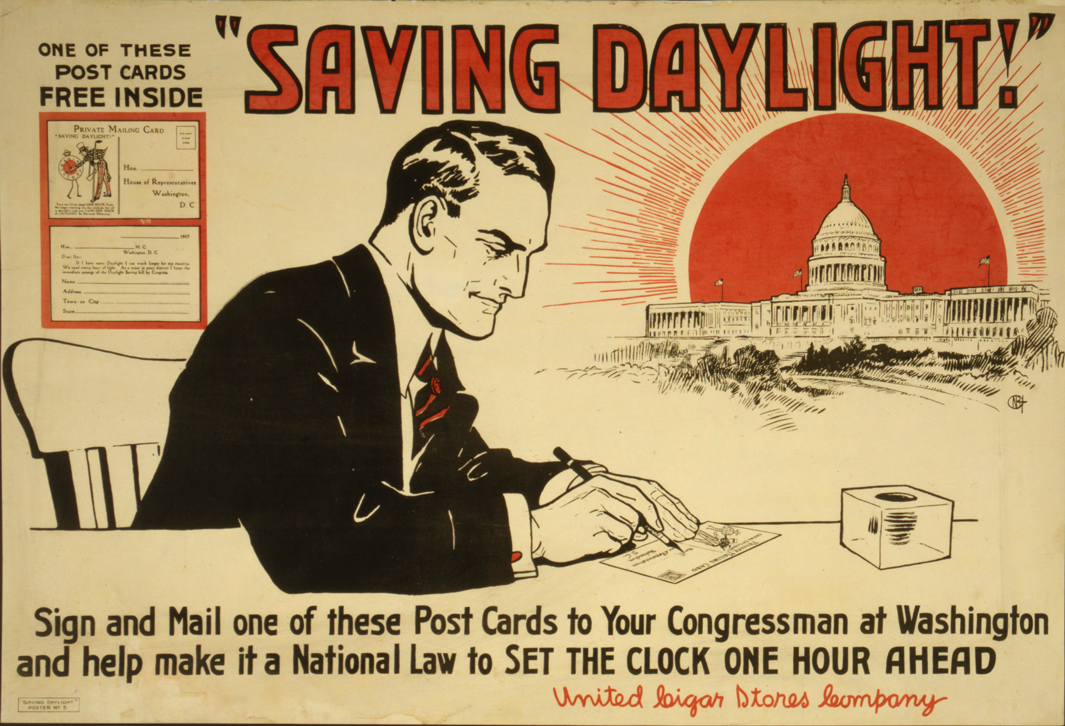Why Permanent Standard Time Is Best for our Bodies
By Erin E. Flynn-Evans, Cassie J. Hilditch
Sleep researchers have been advocating for years to abolish seasonal time changes. A bill recently passed in the U.S. Senate does just that. So why do sleep researchers overwhelmingly oppose it?
April 29, 2022
Macroscope Biology Evolution Medicine Animal Behavior
It might seem surprising that sleep researchers are opposed to the U.S. Senate’s recent (unanimous!) vote to abolish seasonal time changes in favor of year-round daylight saving time (DST). After all, the senate can rarely agree on anything, and those of us in the sleep community have been lamenting the negative impacts of the time changes for years. So why the pushback? The problem is that ending seasonal time changes isn’t just about saving an hour of sleep in the spring. Once we stop changing the clocks twice a year, we have to decide which time to use to set our clocks. If we set our clocks to DST, most people’s morning wake time will be offset from—and often much earlier than—sunrise. This shift could drive a large swath of the population into a perpetual misalignment between when their circadian rhythm, or body clock, is enabling sleep and when they have the opportunity to sleep based on social commitments such as school and work. Numerous chronic health effects come with circadian misalignment and that worries sleep and circadian scientists.

Courtesy of The Library of Congress
Currently, in the week that we “spring forward” we lose an hour of sleep, but we also have to wake up an hour earlier than we did the week before. The hour of lost sleep is a significant contributor to increased motor vehicle crashes, hospital admissions, and decreased work productivity, and the fact that we all have to get up earlier relative to sunrise is also part of the problem. Our circadian rhythm promotes sleep and wake based on our daily pattern of exposure to light. Although indoor light can influence our circadian rhythm, the magnitude and intensity of light generated by the Sun makes it the most powerful time cue for our bodies. For example, night shift workers are not able to fully adapt to being awake at night and sleeping during the day because their exposure to sunlight prevents them from adjusting. This results in misalignment between the time that shift workers have to sleep and wake, and the time that their bodies are signaling for them to sleep. The circadian rhythm doesn’t just control the drive to sleep and wake though, it also coordinates many other aspects of biological function ranging from when your body is prepared to digest a meal to when reproductive hormones are produced and how well your body can fight infection. The persistent misalignment experienced by shift workers is associated with increased risk of cancer, cardiovascular disease, and metabolic disorders.
Although shift work is an extreme form of circadian misalignment, if the time that we set on our clocks is too far from the time the Sun is signaling for us to be awake and asleep, then a large proportion of the population will experience moderate circadian misalignment. This subtler form of circadian misalignment is harder to study because the negative health effects emerge over the long term. Studies examining health effects among people living at different positions within a time zone provide some insight into what might happen if we adopted permanent DST. For example, there is an increased cancer risk for those who live on the western edges of time zones where sunrise and sunset occur later relative to clock time compared to the eastern edges. In addition, later sunsets during the current season of DST are associated with about 20 minutes less sleep each night. The chronic effects of persistent sleep loss, coupled with circadian misalignment, are expected to have an even greater negative impact on health and well-being. This outcome is especially true for teenagers who, because of their greater sensitivity to evening light and a naturally later-shifted circadian rhythm, would have even more difficulty falling asleep in the evening and waking up in the morning on permanent DST. Put simply, adopting permanent DST would be a risky experiment potentially jeopardizing the long-term health and well-being of most Americans.
It’s understandable that many people might think that permanent DST is a favorable option. Our current season of DST happens in the summer, when we naturally have longer daylight exposure (independent of DST) and it’s easy to associate positive summertime feelings with DST. However, in the winter, DST wouldn’t produce or “protect” more sunshine, it would simply change the timing of our exposure to sunlight, resulting in more darkness in the morning. Consider this: Adopting permanent DST would mean that in January, sunrise wouldn’t occur until about 8:00 am in Los Angeles, 8:20 am in New York City, and 9:00 am in Minneapolis! With these sunrise times, it’s no wonder that prior attempts to maintain permanent DST have failed. In 1974, the U.S. Congress passed a bill to move the country to permanent DST. This change was swiftly abandoned within a year due to public disapproval. Our body clock’s relationship with sunlight has not changed since the 1970s, so waking up and commuting to school or work in the dark is unlikely to be popular this time around either.
Although both sides of this argument can agree on the decision to move away from switching our clocks twice a year, the sleep and circadian scientific community support the adoption of year-round Standard Time, because protecting the timing of sunshine is critical to protecting the nation’s sleep and circadian health.
American Scientist Comments and Discussion
To discuss our articles or comment on them, please share them and tag American Scientist on social media platforms. Here are links to our profiles on Twitter, Facebook, and LinkedIn.
If we re-share your post, we will moderate comments/discussion following our comments policy.